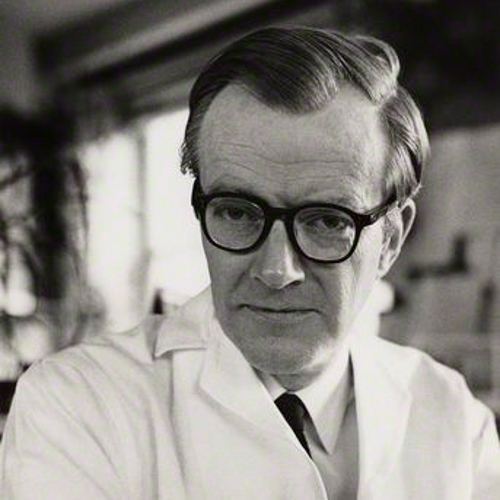Date of Birth: December 15, 1916
Zodiac Sign: Sagittarius
Date of Death: October 5, 2004
Biography
Maurice Hugh Frederick Wilkins was a pioneering biophysicist and scientist, most renowned for his crucial contributions to the discovery of the DNA double helix structure. Born in New Zealand and later moving to England, Wilkins’s work in X-ray diffraction studies of DNA significantly advanced the field of molecular biology. He shared the 1962 Nobel Prize in Physiology or Medicine with James Watson and Francis Crick for their groundbreaking work on the structure of nucleic acids and its significance for information transfer in living material. Wilkins was born on December 15, 1916, in Pongaroa, New Zealand. His family moved to the United Kingdom when he was six years old. He pursued his education at St John’s College, Cambridge, and later at the University of Birmingham, where he earned his Ph.D. in Physics. During World War II, he contributed to the Manhattan Project, working on the development of radar and isotopic separation. After the war, Wilkins joined King’s College London, where his research on nucleic acids and X-ray diffraction laid the foundation for the discovery of the double helix. His collaborative efforts with Rosalind Franklin and the subsequent partnership with Watson and Crick culminated in one of the most significant scientific discoveries of the 20th century. Throughout his career, Wilkins continued to contribute to the field of biophysics and was an advocate for social responsibility in science. He passed away on October 5, 2004, in London, England.
5 Interesting Facts about Maurice Wilkins
1. Maurice Wilkins initially worked on improving radar technology and separating isotopes for the Manhattan Project during World War II.
2. He was instrumental in producing the first clear X-ray diffraction images of DNA, which were critical in identifying the double helix structure.
3. Wilkins shared the 1962 Nobel Prize in Physiology or Medicine with James Watson and Francis Crick for their work on the molecular structure of DNA.
4. He was a strong advocate for the responsible use of scientific discoveries and was an active participant in the Pugwash Conferences on Science and World Affairs.
5. Wilkins published an autobiography titled “The Third Man of the Double Helix,” reflecting his pivotal role in the discovery of DNA’s structure.
5 Most Interesting Quotes from Maurice Wilkins
1. “It is essential to have a universe of meaning to aspire to and to expand our understanding of.”
2. “Science is not just a collection of facts; it is a method of thinking and a way of looking at the world.”
3. “Progress in science comes when you have the courage to question the obvious.”
4. “The discovery of the double helix structure of DNA was a turning point in our understanding of life itself.”
5. “We must use our knowledge wisely, ensuring that scientific advances benefit humanity and do not lead to its harm.”
Highest Net Worth Achieved
Maurice Wilkins’s highest net worth is not well-documented, as his contributions were primarily academic and scientific rather than financial. However, his Nobel Prize and numerous awards and honors signify his immense value to the scientific community.
Children
Maurice Wilkins had four children: Sarah, George, Emily, and William Wilkins. His family life was private, and he was known to be deeply committed to his work and his family.
Relevant Links
1. [Nobel Prize Biography](https://www.nobelprize.org/prizes/medicine/1962/wilkins/biographical/
2. [Biography on Britannica](https://www.britannica.com/biography/Maurice-Wilkins
3. [King’s College London Tribute](https://www.kcl.ac.uk/news/kings-remembers-maurice-wilkins
5. [Maurice Wilkins on NNDB](http://www.nndb.com/people/178/000100875/


